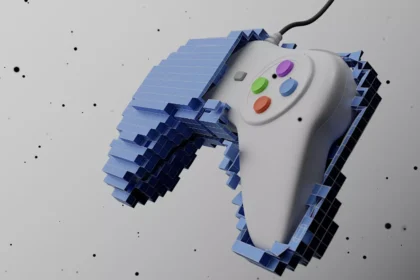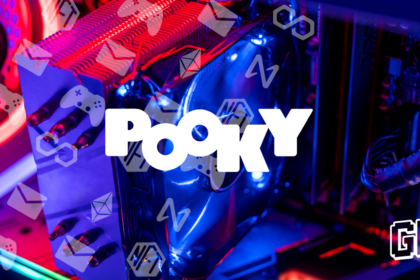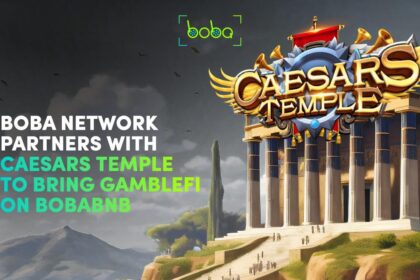Blockchain technology and gaming have joined forces, creating a unique synergy that has reshaped the crypto industry. For many projects, integrating games isn’t just a creative endeavor—it’s a powerful strategy for growth, user engagement, and ecosystem development. This article explores why games have become such an essential component for blockchain projects and how they’re driving innovation in the space.
Gaming as the Gateway to Blockchain Adoption
The introduction of blockchain technology to mainstream users has often been met with skepticism, largely due to its complexity. Games, however, provide an accessible and interactive way for users to understand and interact with blockchain. They offer an environment where players can see the benefits of decentralization without needing technical expertise.
Through features like play-to-earn (P2E) mechanics, blockchain games transform entertainment into a rewarding experience. These games allow players to earn cryptocurrencies or NFTs by completing in-game challenges or reaching milestones. For many users, the opportunity to earn tangible rewards while playing creates a compelling entry point into the blockchain world.
Beyond rewards, blockchain gaming introduces the concept of true ownership. Players can own in-game items, characters, or land through NFTs, which can be traded or sold in secondary markets. This is a stark departure from traditional gaming models, where assets exist only within the game and are often locked away when the player stops participating. Blockchain ensures these assets have real-world value and can be used beyond the boundaries of the game itself.
The transparency provided by blockchain technology is another factor that sets these games apart. With game mechanics driven by smart contracts, outcomes are immutable, fair, and free from manipulation. This builds trust among players, ensuring that every reward or achievement is earned legitimately.
Games as Revenue Engines and Ecosystem Builders
For crypto projects, games are more than just a way to attract users—they’re also a powerful tool for generating revenue and building a sustainable ecosystem. Projects leverage the sale of NFTs representing in-game items or characters to create an immediate and lucrative income stream. These NFTs often hold significant value, as they can be used, traded, or showcased by their owners.
Blockchain gaming also adds new dimensions to token utility. Native cryptocurrencies within a project’s ecosystem are frequently integrated into games, allowing players to use tokens to purchase items, access exclusive content, or participate in events. This not only increases demand for the token but also ensures its continuous circulation within the ecosystem.
Some projects have taken this a step further by enabling interoperability, where assets acquired in one game can be used in another. This creates a dynamic ecosystem that connects multiple projects and platforms, enhancing user experience and adding value to the overall blockchain economy.
Building Communities Through Interactive Experiences
Community engagement is critical for any crypto project, and games offer an unparalleled way to build and nurture a loyal audience. Blockchain games bring people together, encouraging collaboration, competition, and connection through shared experiences. Whether through multiplayer features, in-game events, or global tournaments, these games foster a sense of belonging that keeps users engaged.
Exclusive rewards, such as limited-edition NFTs or early access to features, also play a significant role in community building. By rewarding active participants, projects create a culture of loyalty and advocacy. Engaged players are more likely to promote the game and its ecosystem, driving organic growth through word of mouth.
The viral potential of games is another factor that has attracted crypto projects. A well-designed game with engaging mechanics can capture the attention of both gamers and crypto enthusiasts, propelling a project into the spotlight. Partnerships with other blockchain games or platforms further amplify this visibility, creating opportunities for collaboration and cross-promotion.
The Future of Blockchain Gaming
As blockchain and gaming continue to evolve, their intersection is set to become even more influential. Projects like Axie Infinity and The Sandbox have already demonstrated the potential of blockchain gaming, showing how it can create value for players and drive innovation within the industry. Virtual worlds like Decentraland have further expanded the possibilities, integrating NFTs and decentralized finance (DeFi) into immersive gaming experiences.
For crypto projects, the integration of gaming is more than just a trend—it’s a strategic move that combines entertainment, technology, and financial opportunity. By making blockchain accessible and engaging, games are paving the way for a future where decentralized technology becomes an integral part of everyday life.
Gaming isn’t just about fun anymore—it’s about creating dynamic ecosystems, building communities, and unlocking the full potential of blockchain technology. For both players and developers, the opportunities are limitless.









